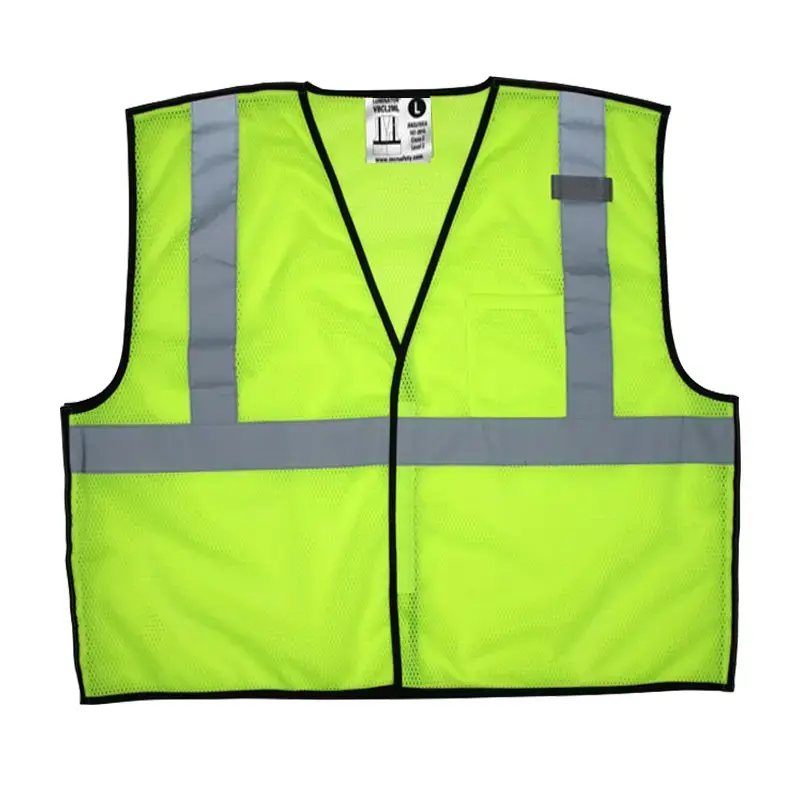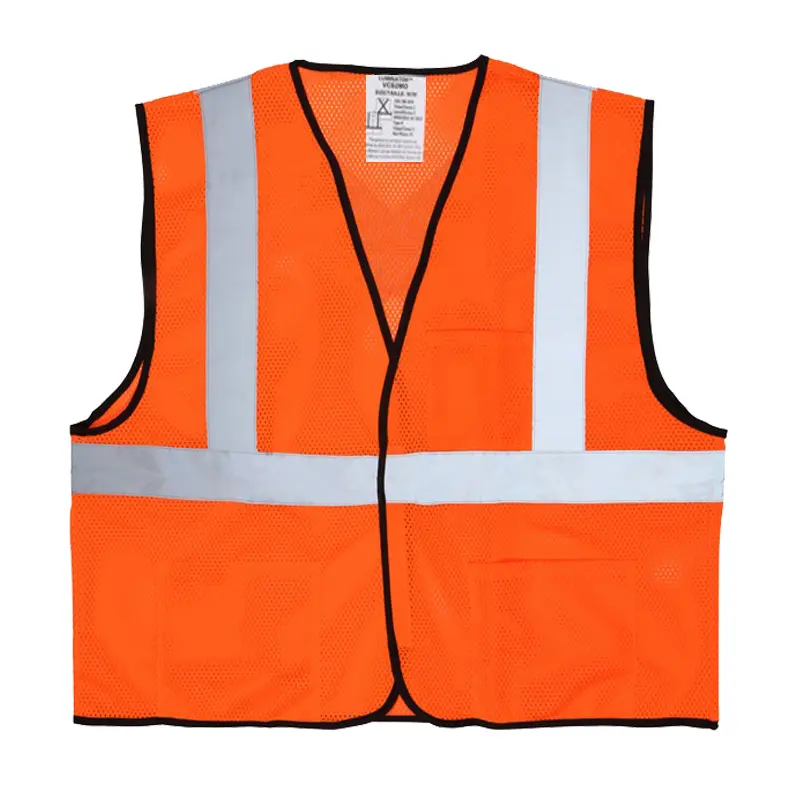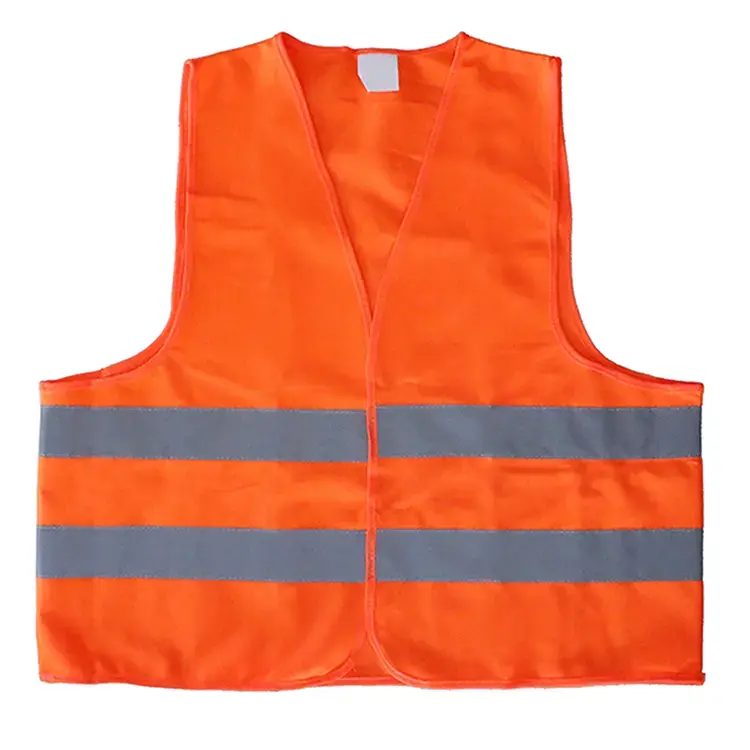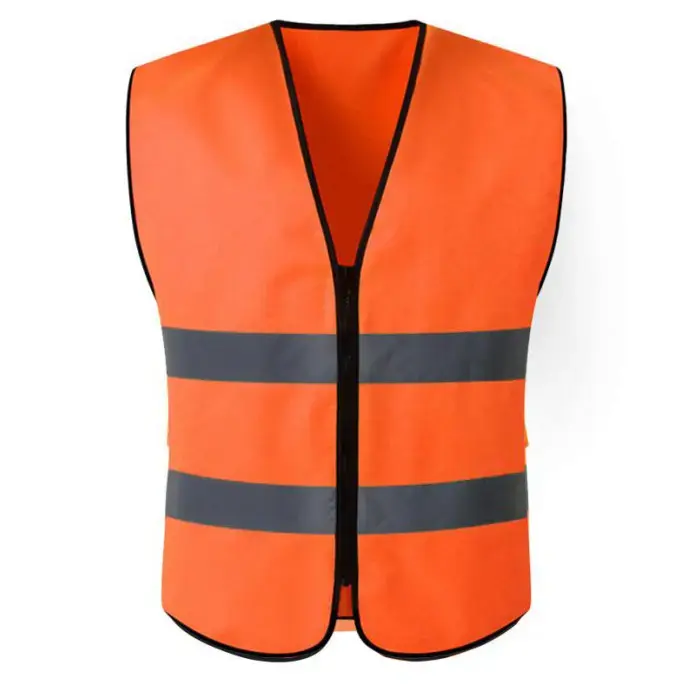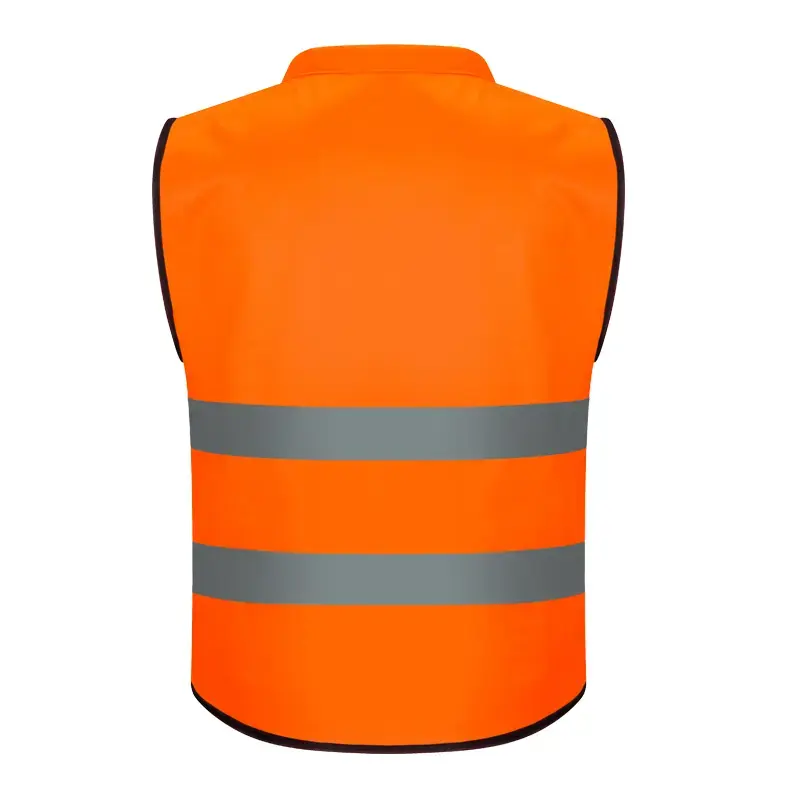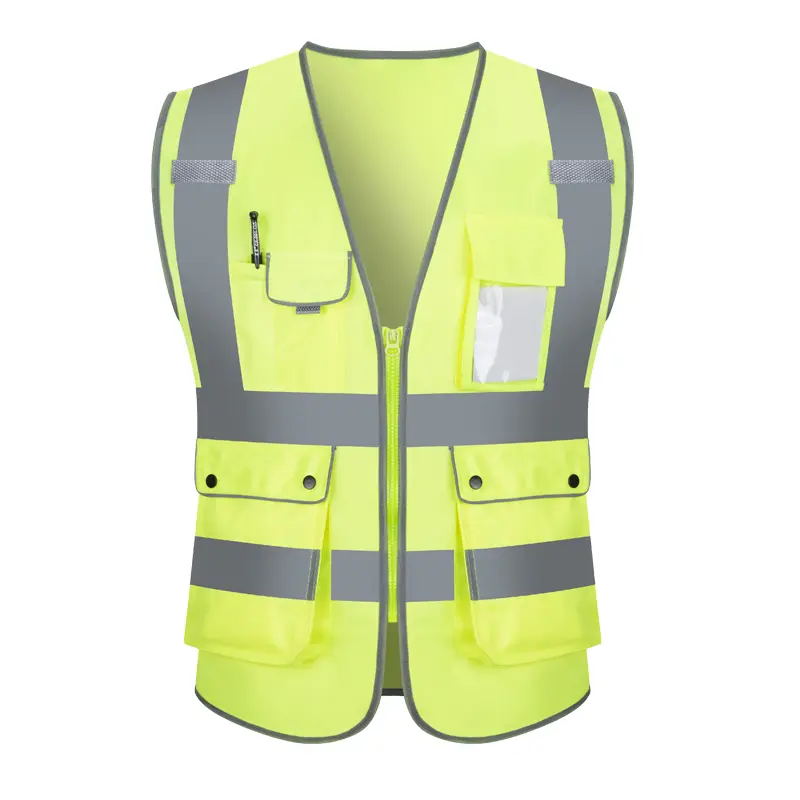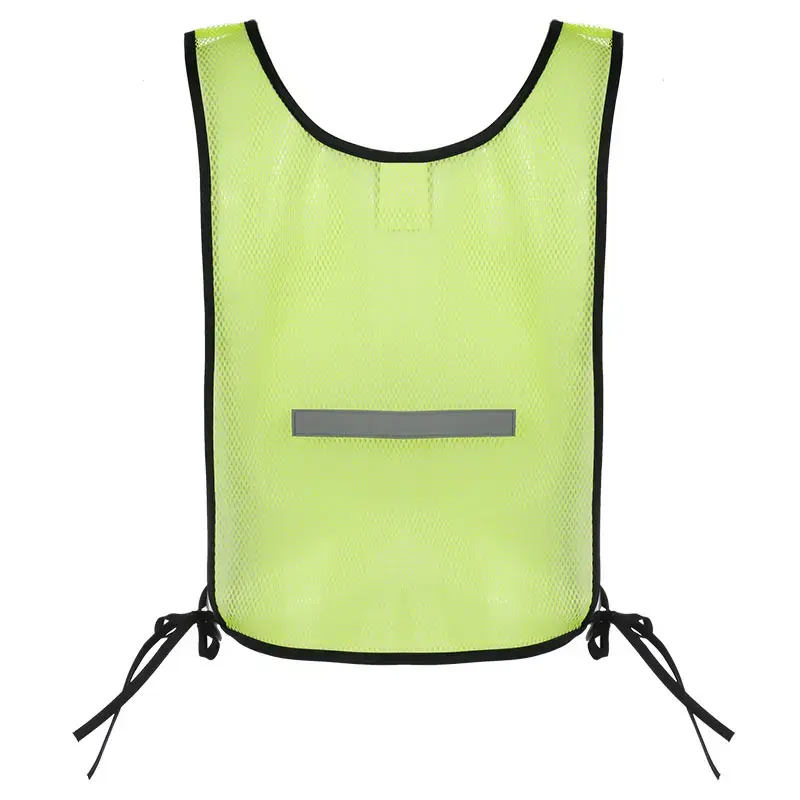Importance of Reflective Safety Vest Supplier Certification
Importance of Reflective Safety Vest Supplier Certification
In today's globalized business environment, reflective safety vests, as an important part of personal protective equipment, play a key role in many industries. For international wholesale buyers, it is crucial to ensure that the reflective safety vests they purchase meet the relevant certification requirements. This is not only related to the quality and safety of the product, but also affects the reputation and market share of the buyer.
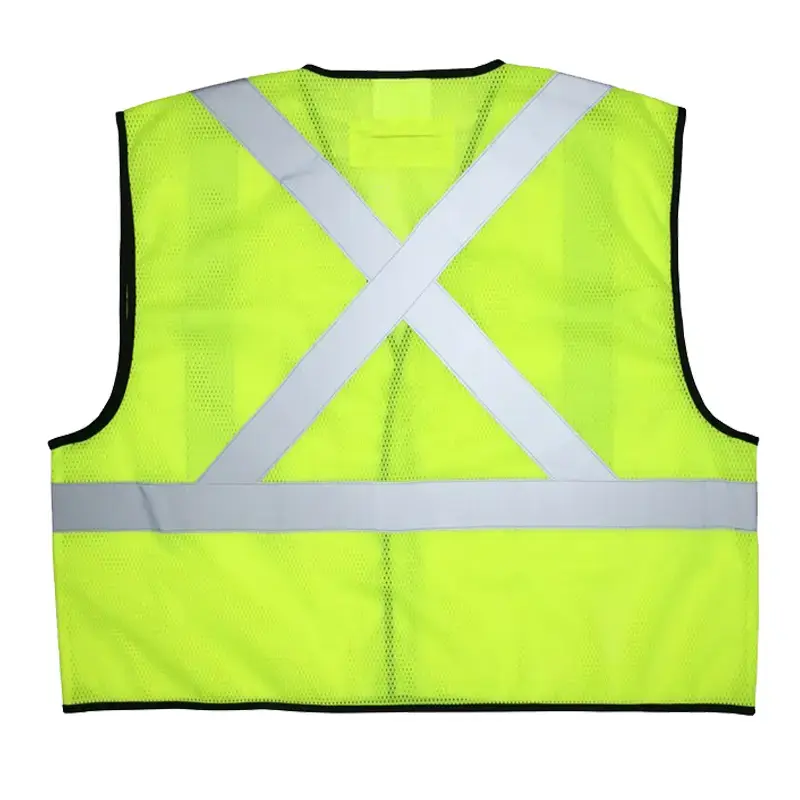
Main Certification Standards
CE Certification: CE certification is a mandatory safety certification of the European Union, indicating that the product meets the health, safety and environmental protection requirements of the European Economic Area. For reflective safety vests, CE certification means compliance with the EU EN ISO 20471 standard. This standard specifies the performance requirements and test methods for high-visibility warning clothing, including color, retroreflective performance, durability of materials and other aspects. For example, there are clear requirements for the brightness factor of the background material, the retroreflective coefficient of the reflective material, and the design size of the clothing. In the EU market, reflective safety vests must pass CE certification to be legally sold, which is a "passport" to enter the European market.
ANSI/ISEA 107 Certification: In the United States, the ANSI/ISEA 107 standard is an important standard for measuring the safety performance of reflective safety vests. This standard specifies the visibility level, background material color, reflective material quantity and layout, physical properties, etc. of Reflective Vests. For example, the visibility level of clothing is divided into multiple levels such as 2, 2 Enhanced, and 3, and the required reflective material area and layout method at different levels, as well as the physical performance requirements of clothing such as tear strength, tensile strength, and color fastness are clarified. Reflective safety vests that meet the ANSI/ISEA 107 standard can provide effective protection for workers in various environments.
GB 20653-2020 Standard: This is China's national standard, which stipulates the technical requirements, test methods, inspection rules, etc. for high-visibility warning clothing for occupational use. In the domestic market, reflective safety vests need to meet this standard to ensure their quality and safety. This standard puts forward specific requirements for the performance of reflective materials, the design of clothing, dimensional stability, and the limit of harmful substances. For example, the retroreflective coefficient, color, dimensional stability and other indicators of reflective materials must meet the minimum requirements specified by the standard.
Specific requirements for certification
Material requirements:
Reflective materials: The retroreflective coefficient of reflective materials is a key indicator to measure their reflective performance. Different standards have different requirements for the retroreflective coefficient of reflective materials. For example, the EN ISO 20471 standard specifies the minimum retroreflective coefficient value of reflective materials in different environments; the ANSI/ISEA 107 standard also specifies the retroreflective coefficient of reflective materials according to different visibility levels. In addition, reflective materials must also have good durability, including wear resistance, washing resistance, UV aging resistance and other properties to ensure that they can still maintain good reflective effects after long-term use.
Background materials: The color and brightness factor of the background material are crucial to improving the visibility of the wearer. The background material is usually required to be a fluorescent material, such as fluorescent yellow, fluorescent orange, etc., which have high visibility under different lighting conditions. At the same time, the brightness factor of the background material must also meet the minimum requirements specified by the corresponding standards to ensure sufficient visibility during the day and at night.
Design requirements:
Arrangement of reflective materials: The location and arrangement of reflective materials should ensure that the wearer has a good reflective effect in 360 degrees. Generally speaking, reflective materials should be evenly distributed on the front, back, shoulders, arms and legs of the clothing to form a complete reflective outline. For example, the EN ISO 20471 standard specifies the minimum width and spacing distance of reflective materials to ensure the continuity and effectiveness of the reflective effect.
Style and size of clothing: The style of clothing should be simple, fit, and easy to wear and move. The size design should conform to ergonomic principles to ensure comfortable wearing without affecting the reflective effect of the reflective material. In addition, the style of clothing should also take into account the needs of different work scenarios, such as whether pockets are needed, the number and location of reflective strips, etc.
Performance requirements:
Retroreflective performance: This is the most core performance requirement of reflective safety vests. As mentioned earlier, the retroreflective coefficient of the reflective material must reach the minimum value specified in the corresponding standard to ensure visibility in low light environments. At the same time, the retroreflective performance of reflective materials under different environmental conditions (such as humidity, high temperature, low temperature, etc.) should also remain stable.
Physical properties: including the tensile strength, tear strength, abrasion resistance, washing resistance, etc. of clothing. These performance indicators directly affect the service life and protective performance of clothing. For example, clothing should have sufficient tensile strength and tear strength to prevent rupture or damage during use; abrasion resistance ensures that clothing can still maintain good appearance and reflective performance under frequent friction.
Certification process
Select a certification body: Suppliers should choose a qualified and reputable certification body for certification. Different certification bodies may have different certification processes and requirements, so when choosing, you should fully understand their certification scope, technical capabilities, service quality and other information.
Submit an application: Submit a certification application to the certification body and provide relevant product information, such as product design drawings, material specifications, production processes, etc. The certification body will conduct a preliminary review of the application materials to determine whether the product meets the basic requirements of certification.
Product testing: The certification body will conduct a series of tests on reflective safety vests, including material performance testing, retroreflective performance testing, physical performance testing, etc. The tests will be conducted in accordance with the corresponding certification standards to verify whether the product meets the standard requirements.
Factory review: In addition to product testing, some certifications also require an audit of the production factory. The review may include production facilities, equipment, personnel qualifications, quality management system, etc. to ensure that the factory has the ability to produce products that meet the certification requirements.
Certification assessment: The certification body will conduct a comprehensive assessment of the certification application based on the product test results and factory review. If both the product and the factory meet the certification requirements, the certification body will issue a certification certificate.
Surveillance audit: After obtaining certification, the certification body usually conducts regular surveillance audits on suppliers to ensure that they continue to meet the certification requirements. Surveillance audits may include random sampling tests of products, production process inspections, etc.
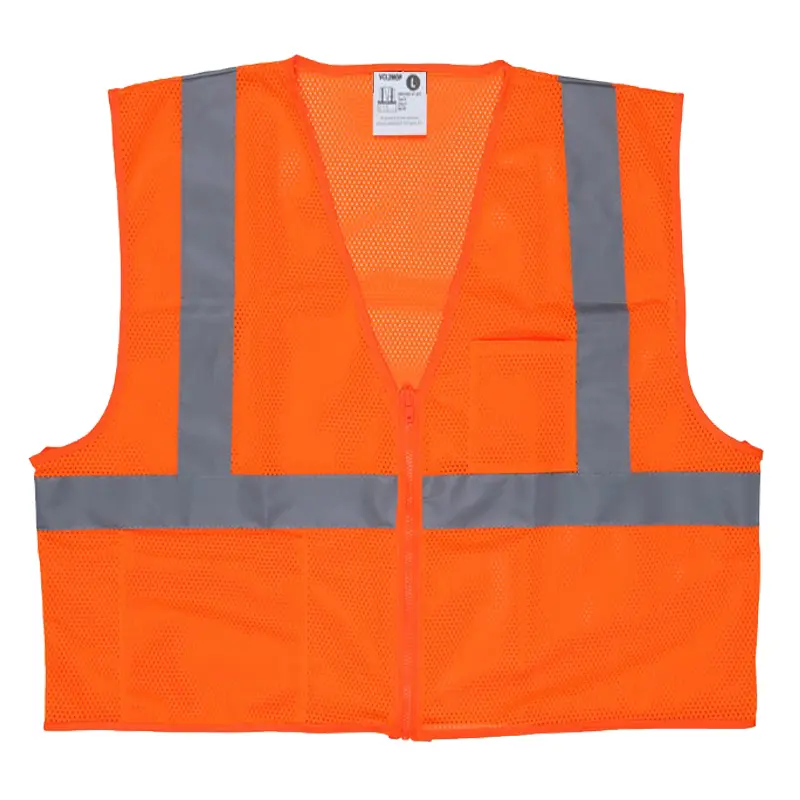
The value of certification to suppliers and buyers
Value to suppliers:
Improve product quality and competitiveness: Through certification, suppliers can ensure that their products meet international standards and improve product quality and safety. This helps suppliers to enhance their competitiveness in the market and win more customers' trust and orders.
Expanding the international market: Certification is a stepping stone to enter the international market. For example, CE certification is a mandatory requirement for entering the EU market, while ANSI/ISEA 107 certification helps suppliers gain a foothold in the US market. With these certifications, suppliers can more easily expand international markets and expand their business scope.
Optimizing production management: The certification process requires suppliers to establish a sound quality management system, which helps suppliers optimize production processes, improve production efficiency and reduce costs.
Value to buyers:
Ensure product quality: By purchasing reflective safety vests that meet certification requirements, buyers can ensure that the purchased products have reliable quality and safety, thereby providing effective protection for staff and reducing the risk of accidents.
Reduce procurement risks: Certification certificates can serve as an important basis for buyers to select suppliers and reduce risks in the procurement process. Certified products are more guaranteed in terms of quality, performance and safety, avoiding losses and disputes caused by purchasing unqualified products.
Enhance customer trust: By purchasing reflective safety vests that meet the certification requirements, buyers can prove to customers that they attach importance to product quality and safety, and enhance customer trust and satisfaction. This helps buyers establish long-term and stable cooperative relationships with customers and increase market share.
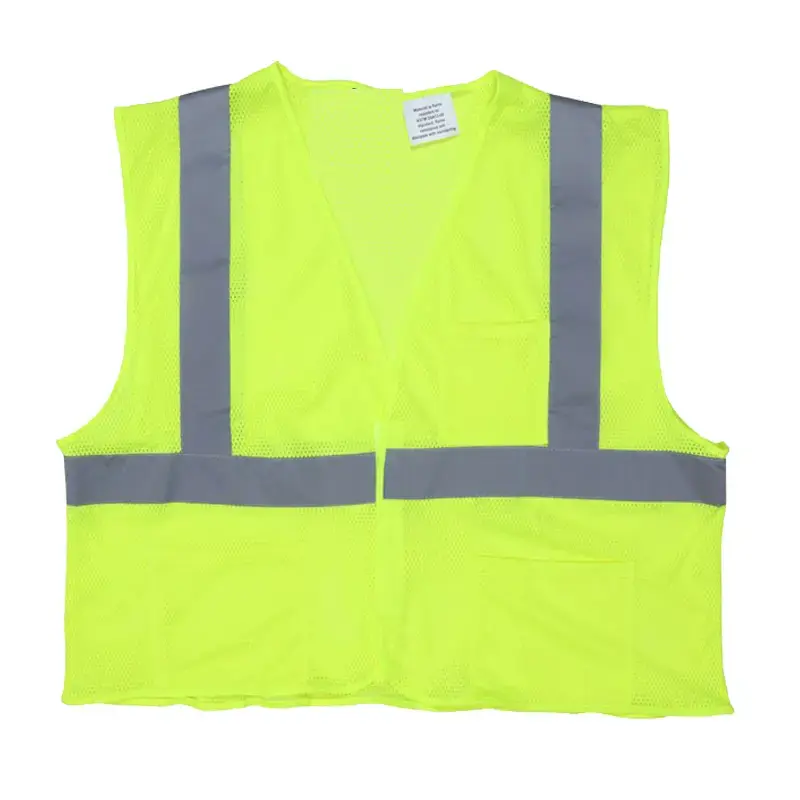
FAQ
Question 1: How long is the certification validity period of reflective safety vests?
The validity period of different certifications may vary. Generally speaking, the validity period of CE certification is 5 years, the validity period of ANSI/ISEA 107 certification is 3 years, and the validity period of GB 20653-2020 standard certification is 3 years. Before the expiration of the certification validity period, suppliers need to apply for renewal of certification in advance to ensure the continued compliance of the product.
Question 2: How to ensure the compliance of certification?
Suppliers should ensure that their products strictly comply with the requirements of the certification body during the certification process, including providing true and accurate product information, producing and testing in accordance with the certification standards, etc. At the same time, suppliers should also establish a sound quality management system, conduct self-inspection and inspection of products regularly, and promptly identify problems and make rectifications. In addition, suppliers should also pay attention to the updates and changes of certification standards, and adjust product design and production processes in a timely manner to ensure the continued compliance of products.
Question 3: What if the product fails to be certified?
If the product fails to be certified, the supplier should carefully analyze the unqualified report fed back by the certification body, find out the problem, and formulate a detailed rectification plan. After the rectification is completed, the supplier can reapply for certification to the certification body and submit the rectified product for retesting. During the rectification process, the supplier may need to maintain close communication with the certification body to keep abreast of the certification requirements and test progress to ensure the smooth progress of the rectification work.
In summary, the certification of reflective safety vest suppliers is an important part of ensuring product quality and safety. Understanding and meeting various certification requirements is of great significance to both suppliers and buyers. Through certification, suppliers can improve product quality, expand international markets, and enhance competitiveness; buyers can ensure that they purchase products that meet the requirements, reduce risks, and enhance customer trust.

